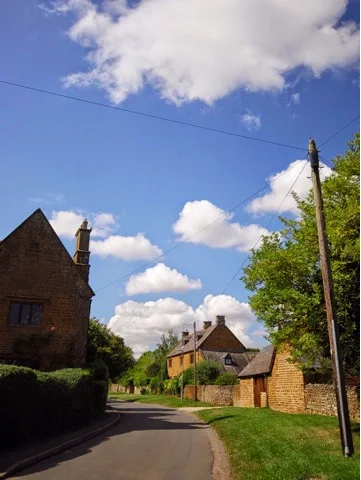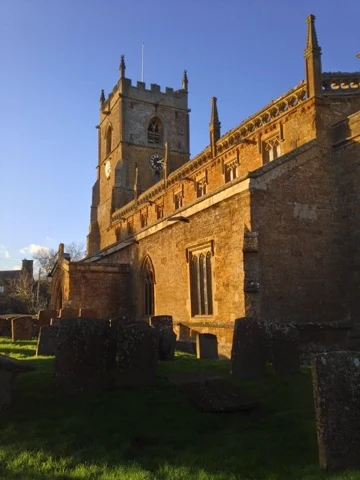Figures often beguile me, particularly when I have the arranging of them myself; in which case the remark attributed to Disraeli would often apply with justice and force: “There are three kinds of lies: lies, damned lies and statistics.”
Despite the Tysoe Parish Plan 2010 only incorporating a smattering of “suggestions” and “requests” tied to each section; over five pages of comments were included as an appendix in the 2012 Tysoe Housing Needs Survey; and, although I am not suggesting that these form some sort of substantive precedent, I do think that – considering that other aspects of our village’s governance (e.g. submissions to planning applications; as well as most county, district and parish council decisions) are subject to full disclosure – the Neighbourhood Plan has to follow suit: and allow residents to ascertain the current ‘mood’ of the village; and to understand how their peers feel about both the status quo and our possible futures.
I believe, therefore, that the preliminary version, released online a few weeks ago, is unfit for purpose, because of its astounding brevity. And, if we are to take comfort from the final version; have confidence in it; and be convinced that we have been listened to (and understood), it is a prerequisite of such a significant publication that – rather than simply jumping straight to the answer – it shows (as many maths teachers have instructed) its ‘workings out’, line by line by line. This means that any future – and certainly the final – version of the Neighbourhood Plan, to gain validity, must be extended to include both the full quantitative results (i.e. the selections made against each question) and the full qualitative results (i.e. all the views expressed pertaining to specific questions; as well as those freeform ones under Other comments at the end of the survey). This is not a request – it is surely a democratic obligation.
¶
The Survey Results publication dropped through letterboxes – which was described as a selection of “Highlights” – was itself quite parsimonious (and more than by definition, I suspect); and the large font used meant that very little information was included. It would therefore be interesting to learn what the criteria used for selecting the contents – “results [chosen] where 70% or more of respondents expressed the same view or similar preferences, together with the highest scoring elements” – actually signified (as it is natural to suspect a strong element of subjective sifting); as well as how the full dataset of responses was transmuted into the draft Plan.
As I have said before, “I know how difficult it is not to ‘reflect’ your own loves and hates… – especially if you are not aware of your own innate biases; and these are not caught in the review process…” – and I am concerned that such presentational bias has crept into (or perhaps invaded?) the analysis of survey results; how this is promulgated; and how it is used in an attempt to drive (rather than gently guide) the village forward. Not only do I worry that the analysis is “prescriptive” – but also quite selective (and not just because of its meagreness…).
¶
Looking at this from the other side, for a moment: perhaps it doesn’t help that, according to this first draft of the Plan (on page 37), the “next steps consultations” that were arranged at the end of November were so poorly attended (only seventeen people at the first; and thirty-five at the second). Were these merely held at inconvenient times, or (more likely, at this time of year) without enough notice; or do they reflect the same apathy that resulted in only a 43% response rate to the survey? And what is at the root of this? Is it that – with this being the third such exercise in four years – like me, many people wonder “how much meaning… the [Neighbourhood] Plan will have; and for how long”? Or – having seen, for example, very few of the Parish Plan “Actions” come to fruition (for a multiplicity of reasons) – are people not only survey- and action plan-weary; but also – witnessing how a bunch of privileged toffs currently run national government purely for the sake of themselves and their monied chums – demonstrating little or no faith in any kind of establishment or authority (earned or not); and doubting that it has their best interests at heart, anyway…? Or, is it just a simple side-effect of poor local Internet access? [As I write this, an email pops up – and a flyer pops through the letterbox – with notification of another meeting on 5 January 2015. Will more of the same make any difference, I wonder?]
I honestly don’t know the answer to any of the above; and it doesn’t seem worth (jumping to conclusions) polling the village to discover if this is true…! All I know is that the people I discuss this with have very little faith in the Neighbourhood Plan realistically achieving anything meaningful – especially with suspicions already emerging that, whatever the outcome of the planning inquiry, Jabba the Cut will just rubber-stamp Gladman’s plans, with no regard for the village’s needs and wants – which returns me to what I said earlier: that this appears solely to be “yet another time- and money-consuming exercise: designed to keep us ‘plebs’ occupied”. What looks like an open consultative process, on the surface, appears – on paper, leastwise – to be producing discriminate and, not unjustified, but perhaps slightly opinionated, or (sub)consciously desired, conclusions. I can’t put my finger on it, yet: but something, somewhere, seems awry.
¶
¶
“Full disclosure” would remove many – if not all – such suspicions. It would certainly, notwithstanding my scepticism, lead to the Neighbourhood Plan – even if it doesn’t fulfil its core, designated purpose – being valuable in other ways: even if that is only to capture the Tysoe Zeitgeist, as do the previous Parish Plan and Housing Needs Survey – thus contributing to an expanding and evolving picture (modern history, even) of village life.































